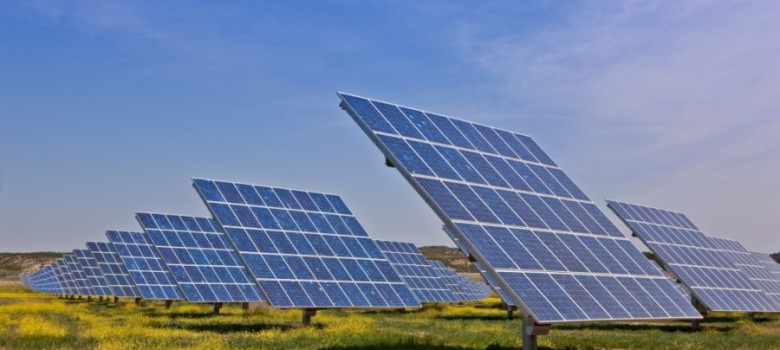
Renewable efficiency: the price drop per watt of renewables over the last 30 years
The last thirty years have seen impressive technological advances in solar, wind and tidal energy generation. Previously considered a fringe technology, they have now become very much a part of the UK’s energy generation policy. Today, up to 90 per cent of our energy is still generated by coal, gas and oil, and 6 per cent by nuclear (considered a low carbon energy source), but the remaining 4 per cent is provided by renewable sources. This figure is set to increase significantly in the future as it becomes more important to cut carbon emissions.
Solar PV Efficiency
Passive solar power has long been used to heat water and structures, and is still popularly used today, but it was not until the 19th century that inventors turned their attention to the problem of converting sunlight into electricity. The discoverer of the photovoltaic effect, where sunlight is converted to voltage, was Edmond Becquerel in 1839. Scientists continued to make discoveries, and in 1883 Charles Fritts developed the first photovoltaic solar cells from selenium. At this time they were roughly 2 per cent efficient.
Roll on several years. In the 1980s there had been numerous advances, and the efficiency of solar panels was hovering a little under 20 per cent. Today, efficiencies of over 40 per cent have been recorded in laboratories, and it may be possible to reach 50 per cent in coming years. Researchers are looking at methods such as spectrum splitting to boost efficiency. However, commercial solar panels still only have efficiencies of up to about 20 per cent.
In line with efficiency rises and increasing popularity and demand, solar power has seen significant price drops per watt in the last thirty years. In 1984  the cost of solar cells was about $16 per watt. This dropped steadily at a rate of about $0.6 every year for the next 20 years and in 2005 the price was just $4 per watt. For the next four years the price held steady, but in 2009 it dropped dramatically over four years to $1 in 2012. So the total drop over 30 years has been $15 and the average drop $0.5 per watt per year.
the cost of solar cells was about $16 per watt. This dropped steadily at a rate of about $0.6 every year for the next 20 years and in 2005 the price was just $4 per watt. For the next four years the price held steady, but in 2009 it dropped dramatically over four years to $1 in 2012. So the total drop over 30 years has been $15 and the average drop $0.5 per watt per year.
Wind Power Efficiency
What about wind power? Like solar power, wind power has a very long history. Wind turbines designed to hook up to the electricity network began appearing around the 1980s, and advances in design continued throughout the 1990s. From the beginning of the 21st century, growth occurred at about 30 per cent per year. Major impacts on productivity have occurred through sheer scale – modern wind turbines are huge, with larger rotors than previous models. This means more wind can be captured.
The rising prevalence of wind turbines on our landscape in recent times has not been without controversy. But as with solar power, wind power has seen significant average price drops per watt over the last thirty years. Moreover, the productivity of wind power is higher and the price per watt is lower than that of solar energy.
We can certainly expect to see the introduction of renewable forms of technology having an effect on energy tariffs. And there is another form of renewable technology that is sometimes overlooked. In past decades tidal power has been hampered by problems concerning high costs and restrictions in site availability. But thanks to recent advances, in both tidal farm design and turbine design, the price per watt has dropped considerably and tidal energy has excellent potential for future energy generation in the UK.












No Comments yet! Be the first one.